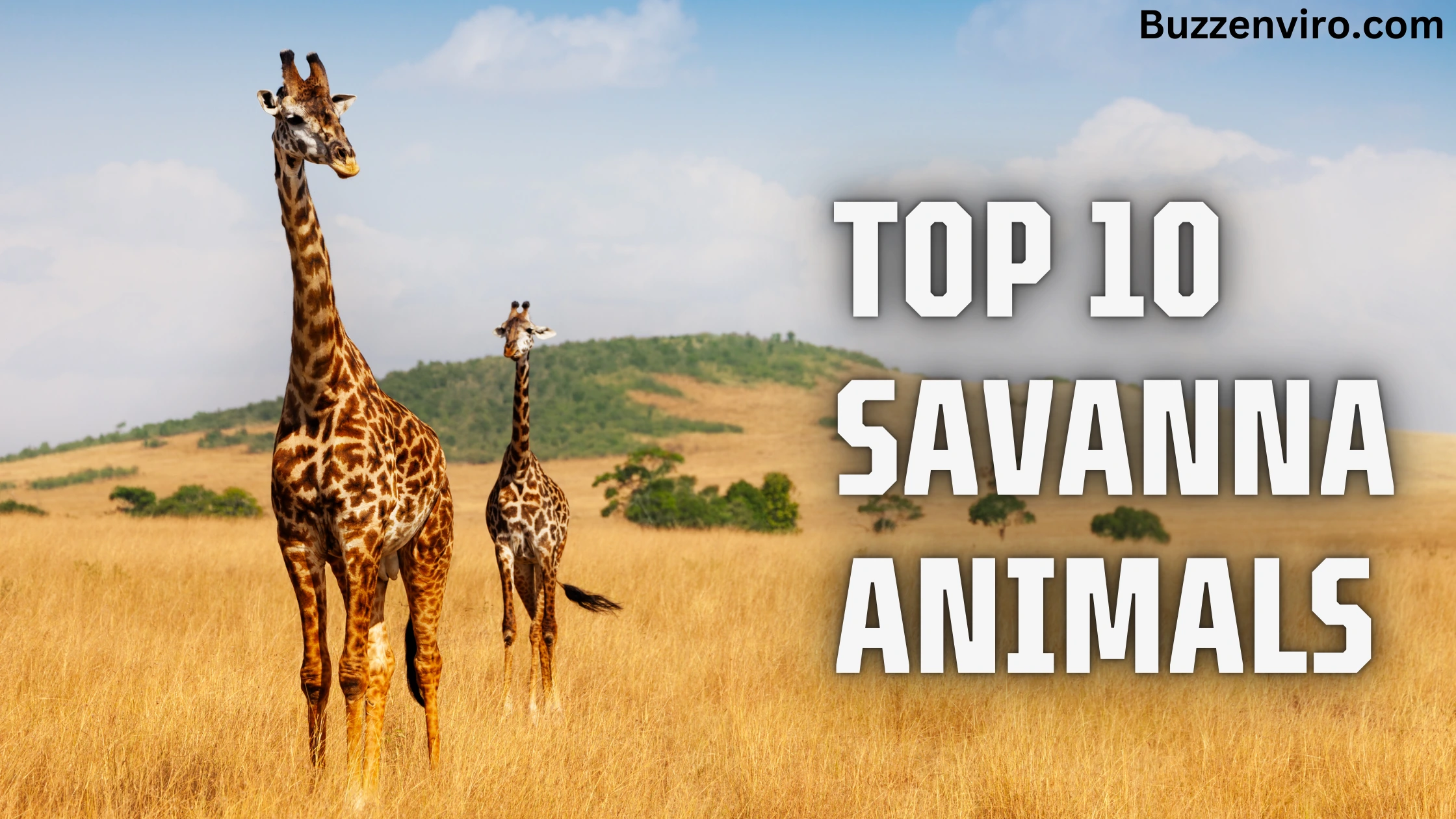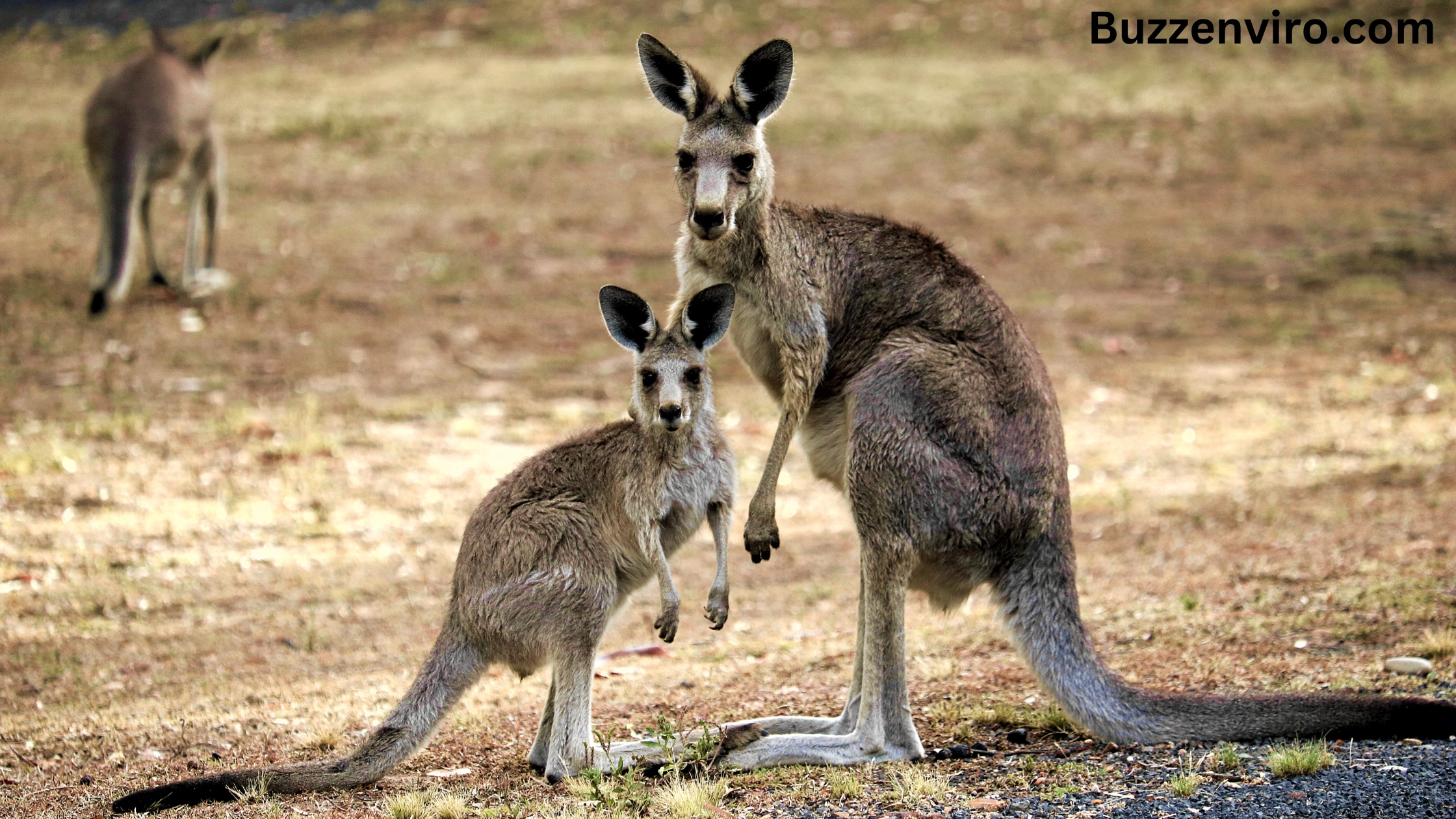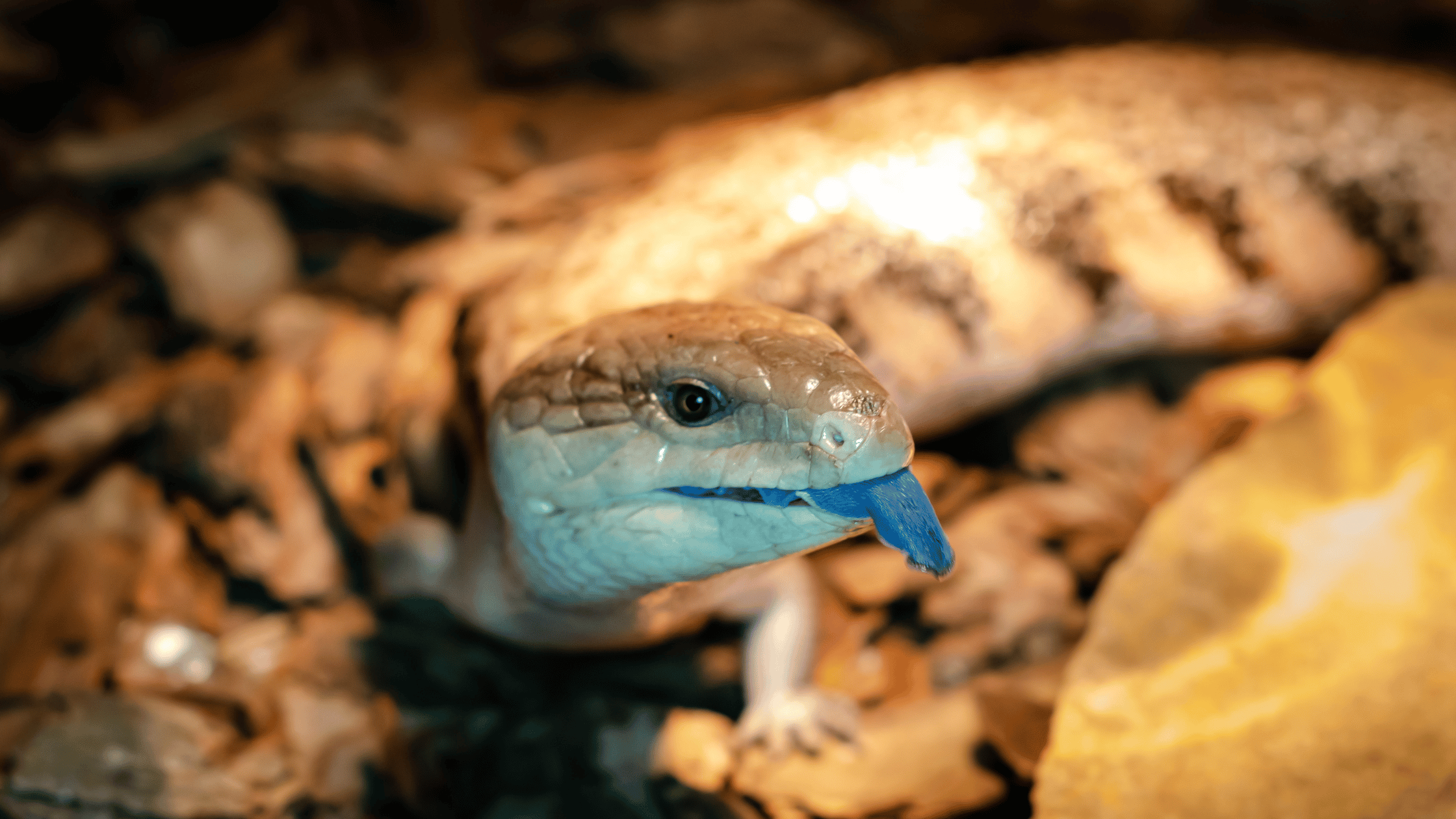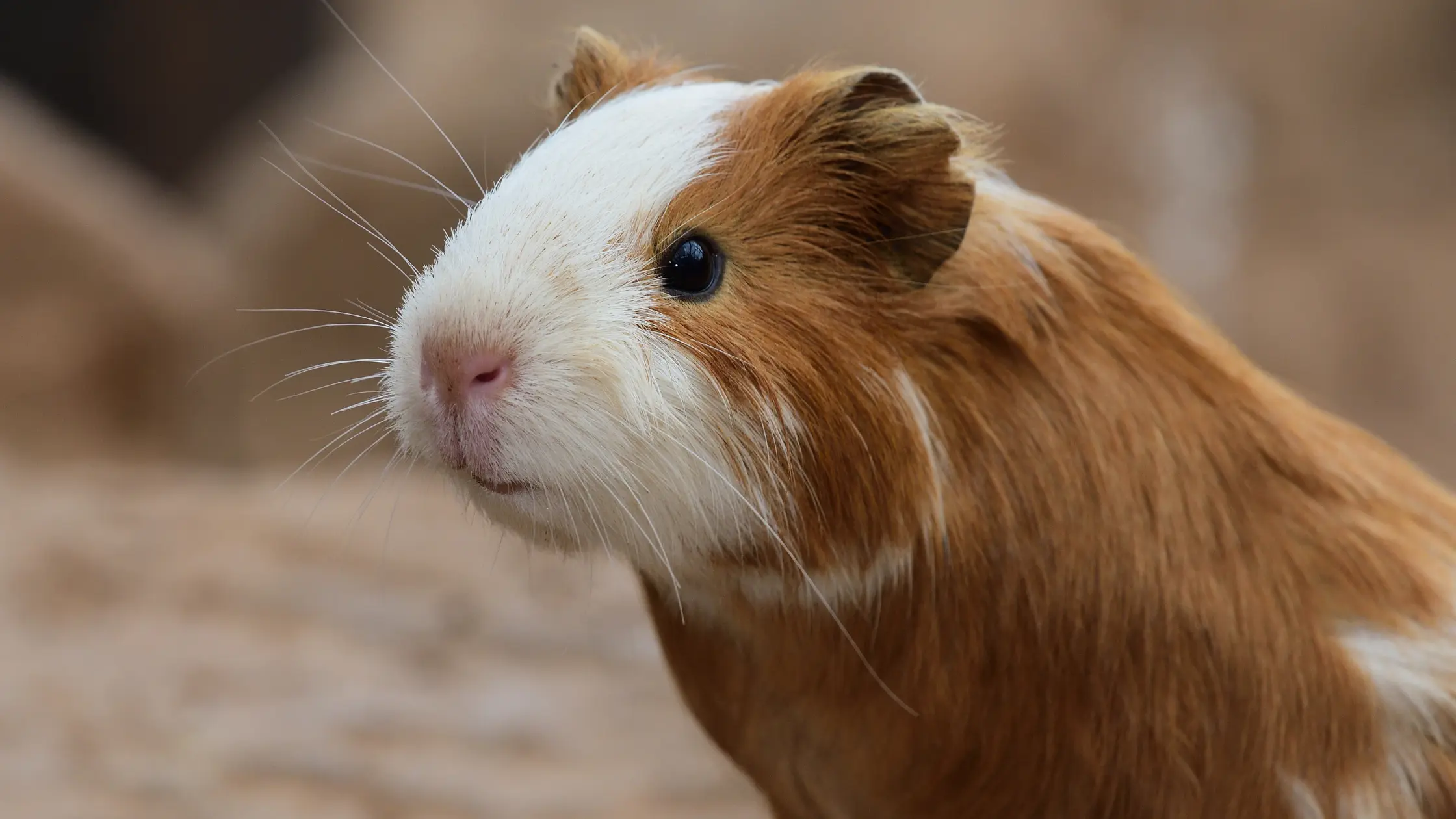The savanna is one of the most iconic and diverse ecosystems on Earth, home to a wide range of fascinating wildlife. In this blog, we’ll explore the top 10 savanna animals that roam these expansive grasslands, from towering giraffes to swift cheetahs. Known for their striking beauty and unique adaptations, these animals that live in the savanna are perfectly suited to thrive in this challenging environment. Whether it’s the dry season or the rainy season, each of these species plays a vital role in the ecosystem. Let’s dive into the incredible wildlife that calls the savanna home.
What Are Savanna Animals?
Savanna animals are species that live in the savanna biome, a type of ecosystem that features vast open grasslands interspersed with a few scattered trees, often acacias or baobabs. These animals are specifically adapted to survive in the challenging conditions of the savanna, where seasonal droughts, intense heat, and occasional wildfires shape the landscape.
10 Animals That Live in the Savanna
1. African Elephant (Loxodonta africana)

The African elephant is the largest land animal in the world, and its presence on the savanna is unmistakable. Known for their large ears and long trunks, elephants are intelligent creatures that play a vital role in maintaining the ecosystem. They help to shape the landscape by knocking down trees and clearing paths, which allows grasses to grow and provides food for other herbivores. Elephants are also highly social, living in family herds and communicating using a variety of vocalizations and body language.
2. Cheetah (Loxodonta africana)

The cheetah is the fastest land animal, capable of reaching speeds of up to 60-70 mph in short bursts. This incredible speed helps them catch prey, especially smaller ungulates like gazelles, on the open savanna. Despite their speed, cheetahs have smaller, less powerful build compared to other big cats like lions and leopards. They rely on stealth and surprise to get close to their prey before launching a sprint to catch it.
3. Lion (Panthera leo)

The lion is often called the “king of the jungle,” though they are more commonly found in the open savanna animals and temperate grasslands of Africa. Lions are social cats, living in prides that consist of related females, their cubs, and a few males. Known for their strength, teamwork, and hunting prowess, lions primarily hunt large herbivores like buffalo, wildebeest, and zebras. Their roar, which can be heard from miles away, serves as a warning to other animals and helps to maintain territorial boundaries.
4. Plain Zebra Equus quagga)

Zebras are iconic residents of the African savanna, instantly recognizable by their distinctive black-and-white striped coats. The plains zebra, in particular, is known for its ability to migrate in large herds across the savanna, following the seasonal rains in search of fresh grazing. These herbivores are often found in mixed herds alongside wildebeest, and their stripes are thought to help confuse predators and deter biting insects.
5. Blue Wildbeest (Connochaetes taurinus)

The blue wildebeest, also known as the common wildebeest, is a large antelope found throughout the African savanna. With its muscular build and large head, the blue wildebeest is a powerful grazer, feeding on grasses and shrubs. Wildebeests are known for their dramatic migration patterns, where they travel in herds of thousands across the savanna in search of food and water. Their migration is an essential part of the African wildlife cycle.
6. White-backed Vulture (Gyps africanus)

The white-backed vulture is one of Africa’s most common scavengers, playing a crucial role in the savanna ecosystem. These large birds feed on carcasses left behind by predators, helping to clean up the environment and recycle nutrients. Vultures are often seen soaring high in the sky, using their keen eyesight to spot potential food sources from miles away. The white-backed vulture’s powerful beak is perfectly suited to tearing through tough meat and bones.
7. Giraffe (Giraffa camelopardalis)

The giraffe is the tallest land animal, and its long neck allows it to browse on leaves high in trees, especially acacias. This herbivorous giant is a common sight on the African savanna, and it plays an important role in shaping plant life by pruning tall shrubs and trees. Despite their size, giraffes are gentle and social animals, often seen in loose herds. Their distinctive patterns of spots on their coat vary from individual to individual, much like human fingerprints.
8. African Pygmy Falcon (Polihierax semitorquatus)

This small but fierce bird of prey is native and found in the savanna and is often found in the dry, thorny scrublands. The African pygmy falcon is the smallest with the size of 20cm in length and 54-76g in weight. Falcon species on the continent, and it primarily hunts small birds and insects. Despite their small size, these falcons are skilled hunters, often nesting in abandoned woodpecker holes or even the nests of other birds of prey.
9. Southern Savanna Buffalo (Syncerus caffer)

The southern savanna buffalo is one of the “Big Five” Savanna animals known for its massive build and powerful horns. These herbivores are typically found in large herds that roam the savannas in search of fresh grass. Buffalo are formidable animals that can defend themselves fiercely against predators like lions and crocodiles. Their herd mentality and strong social bonds make them a highly effective group when it comes to protection and survival.
10. African Wild Dog (Lycaon pictus)

The African wild dog, also known as the painted wolf, is one of the most efficient predators in the savanna. These highly social and cooperative hunters live in packs that work together to track and catch prey. African wild dogs typically hunt small to medium-sized mammals such as antelope, but their remarkable teamwork ensures that they can take down much larger animals. Despite their efficiency, they are endangered due to habitat loss and human-wildlife conflict.
Having Question? What is a Animal Producer in the Savanna?
In the savanna, producers are typically plants, which form the foundation of the ecosystem. These are organisms that make their own food through photosynthesis, converting sunlight into energy. The main producers in the savanna are grasses and shrubs, as well as a few trees like acacias and baobabs.
Although animals don’t directly produce energy, herbivores (like zebras or wildebeests) consume plants, and carnivores (like lions or cheetahs) depend on those herbivores for energy. So, while animals themselves aren’t producers, they rely on the plants and producers in the savanna to sustain the food chain.
Conclusion
The African savanna is home to some of the most remarkable animals on the planet, each adapted to survive in this challenging and ever-changing environment. From the majestic elephant to the speedster cheetah, these Savanna animals contribute to the balance of the ecosystem in unique and vital ways. Whether you’re a wildlife enthusiast or planning a safari, these incredible creatures are a must-see!
Next time you think of the savanna, remember that the real adventure often lies in discovering the lesser-known creatures that make this ecosystem truly extraordinary!






